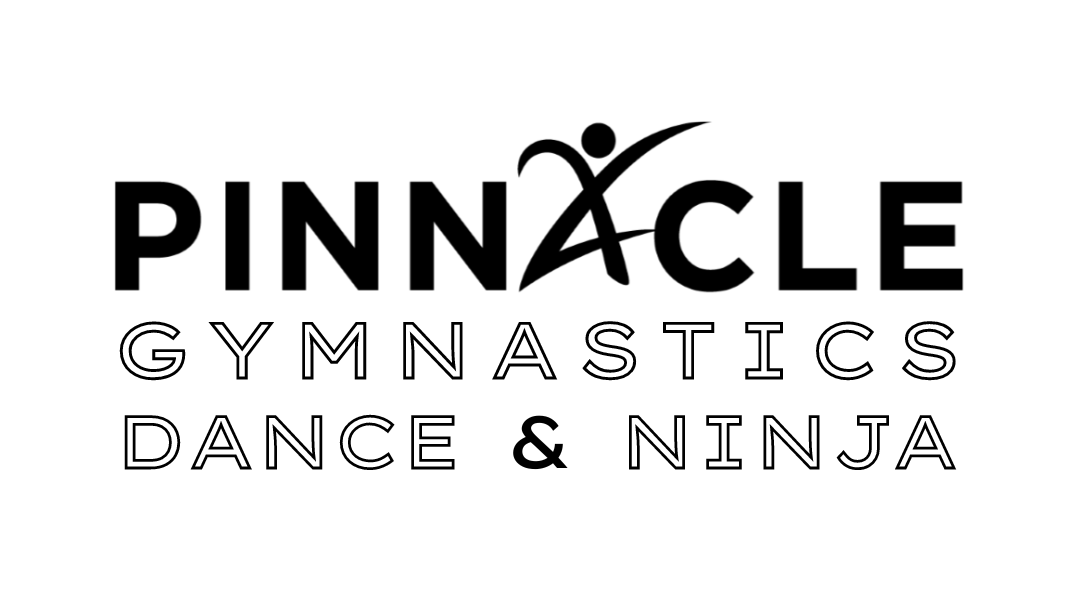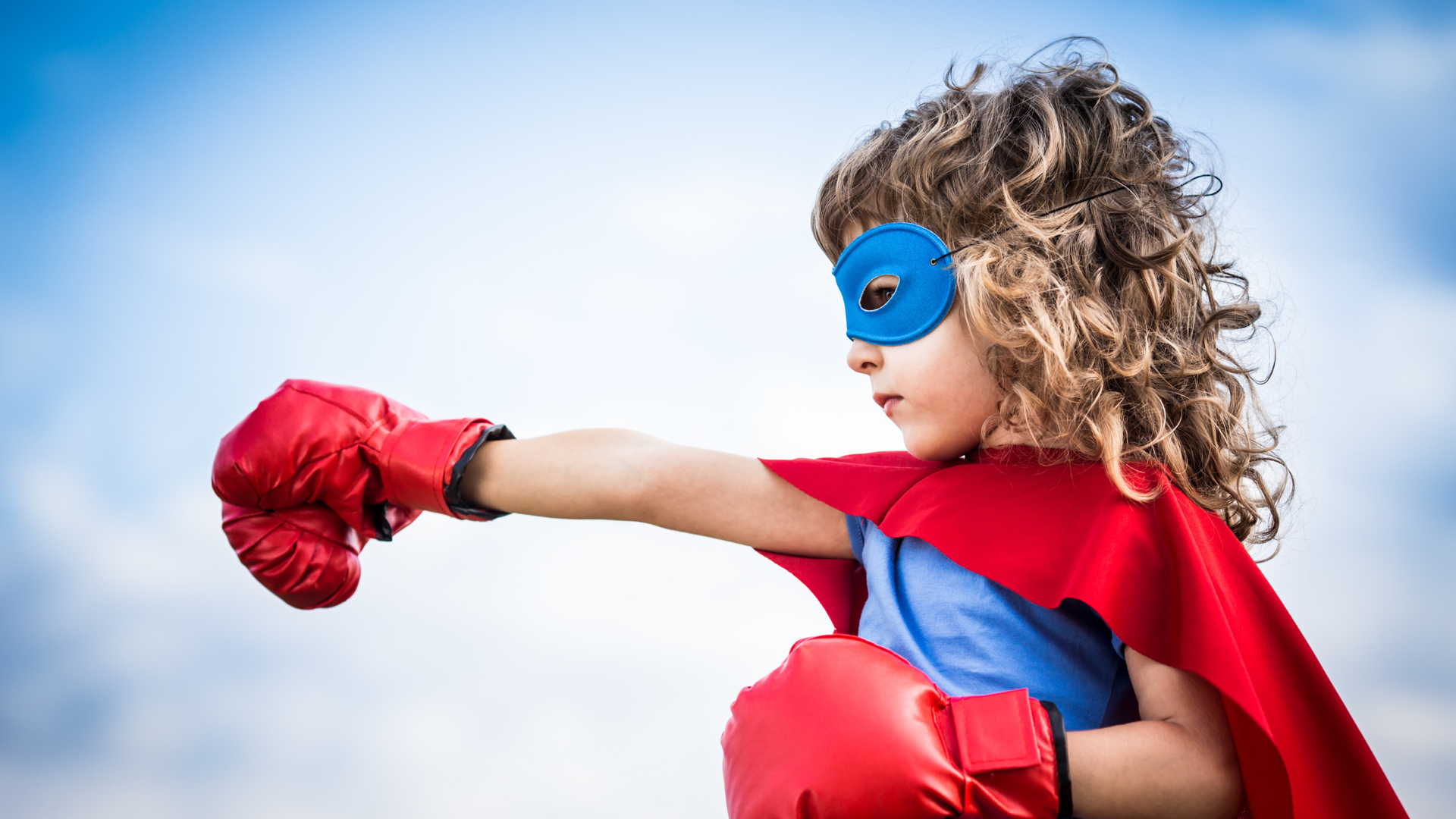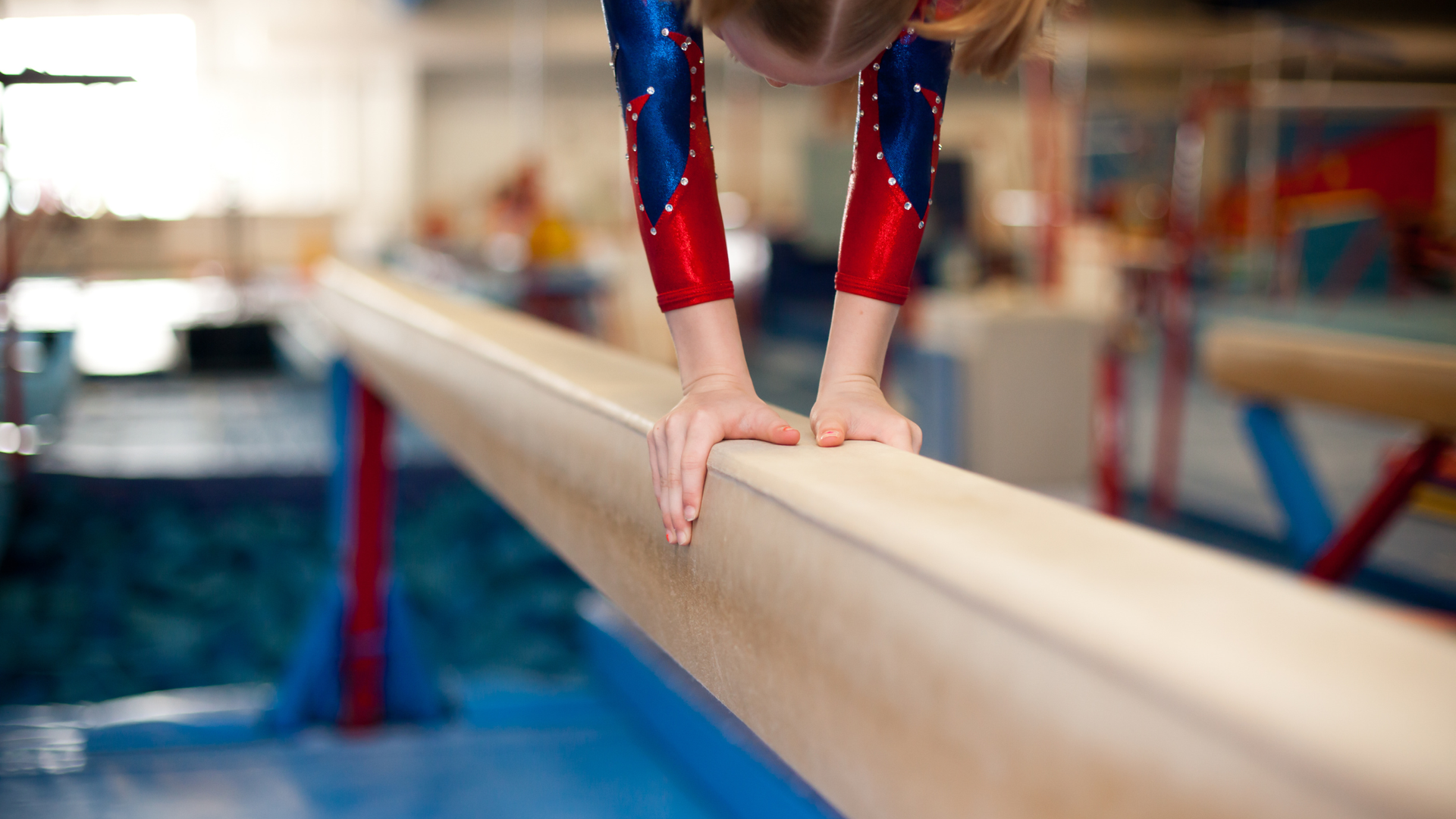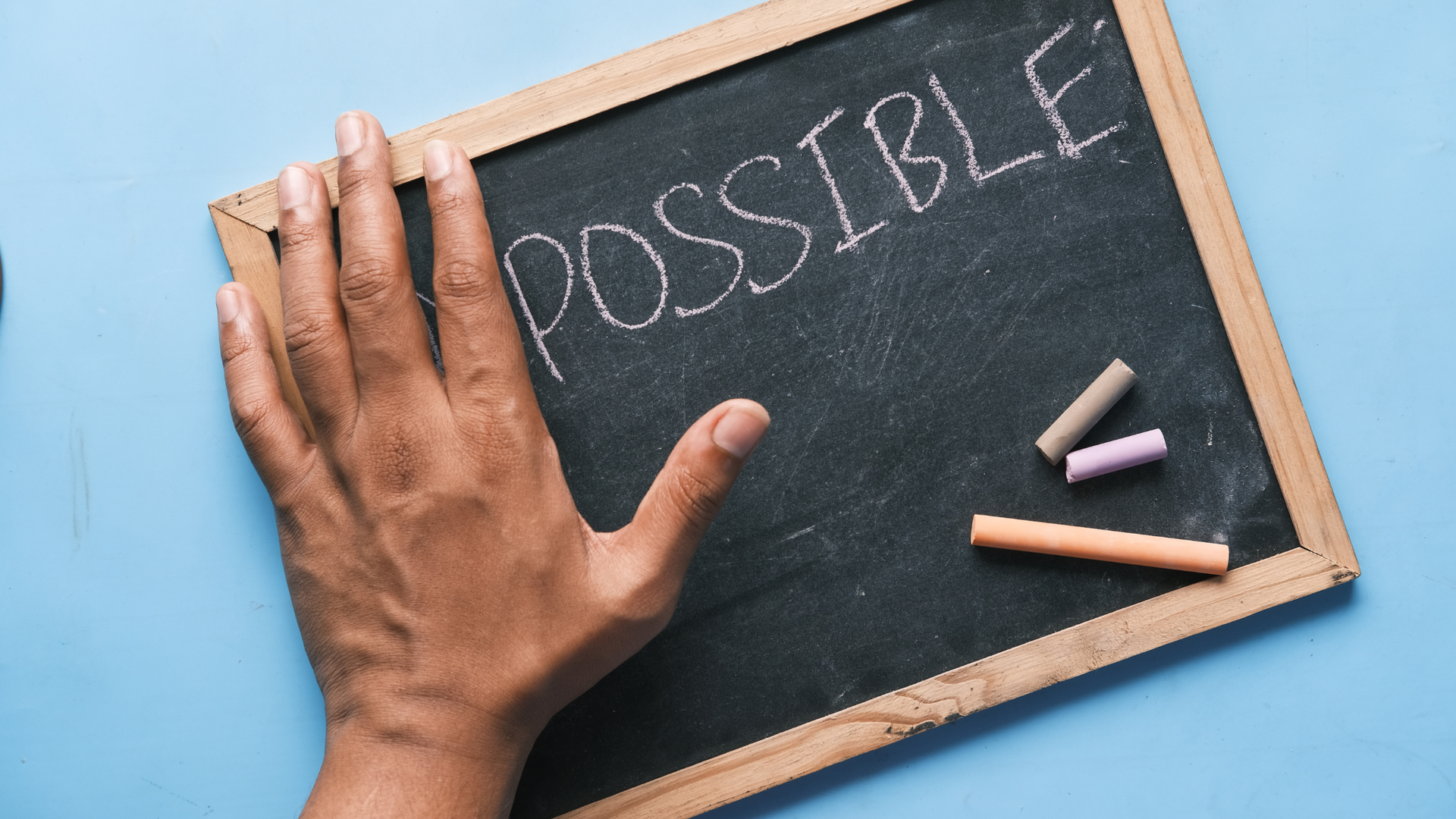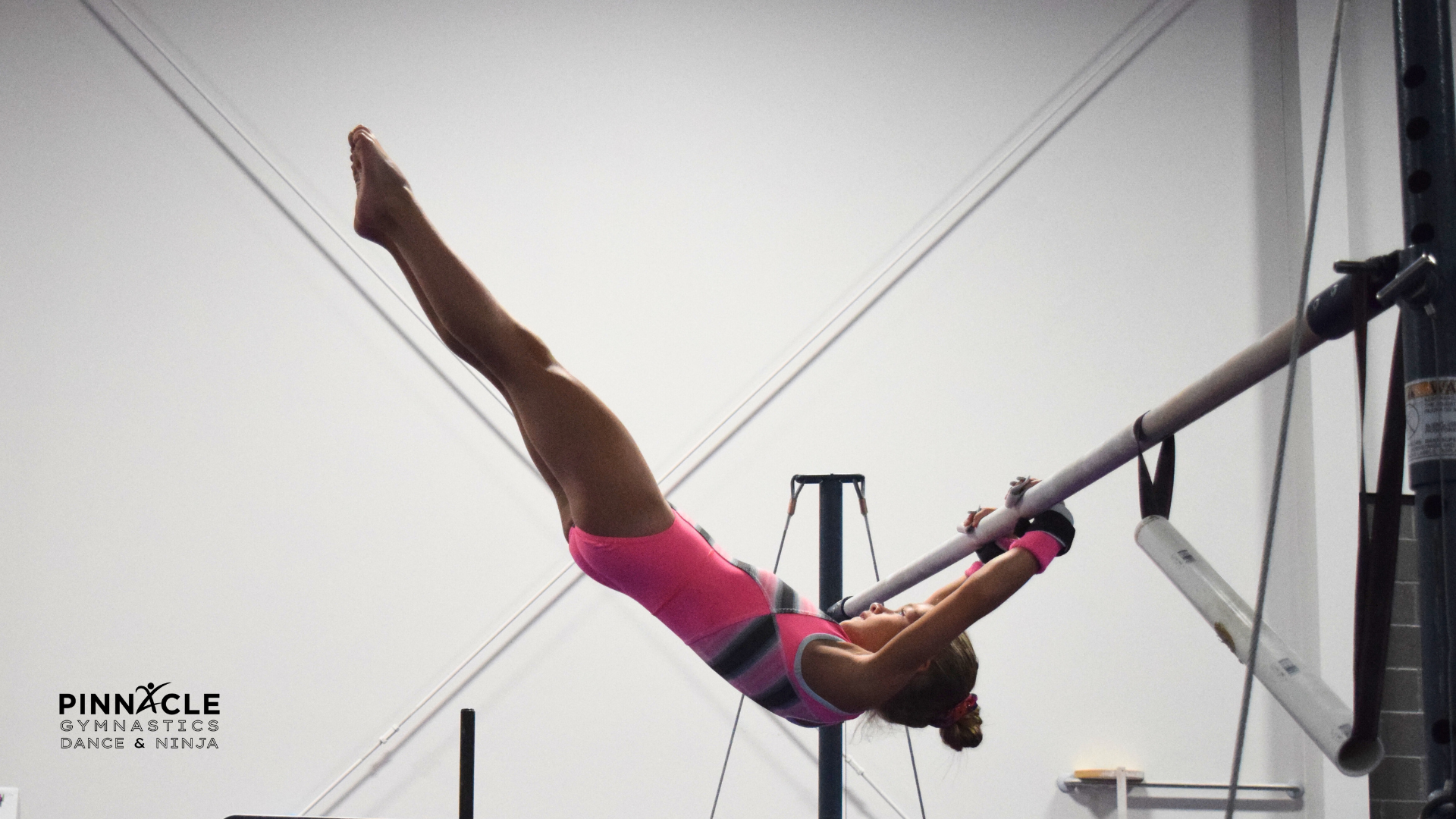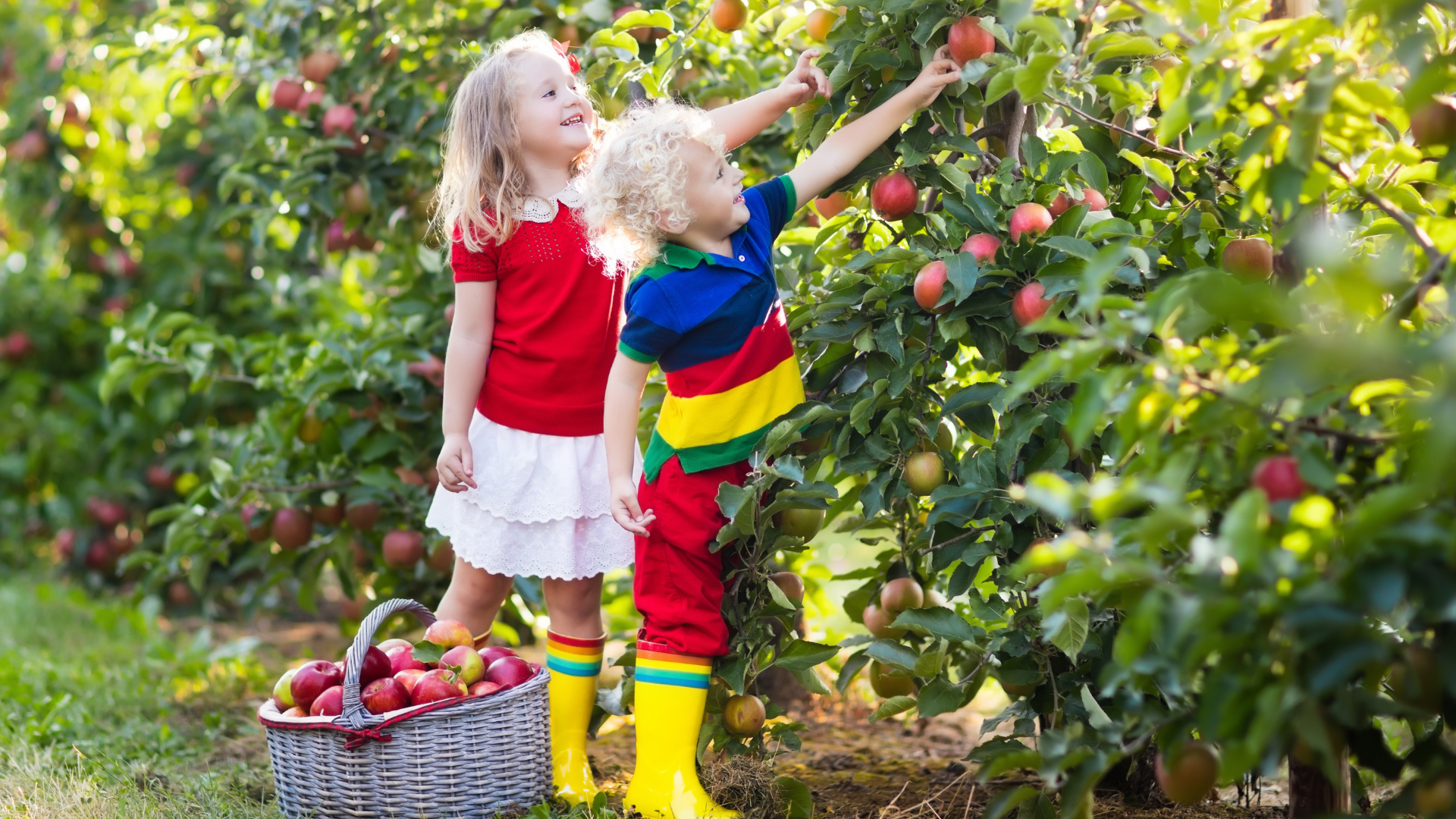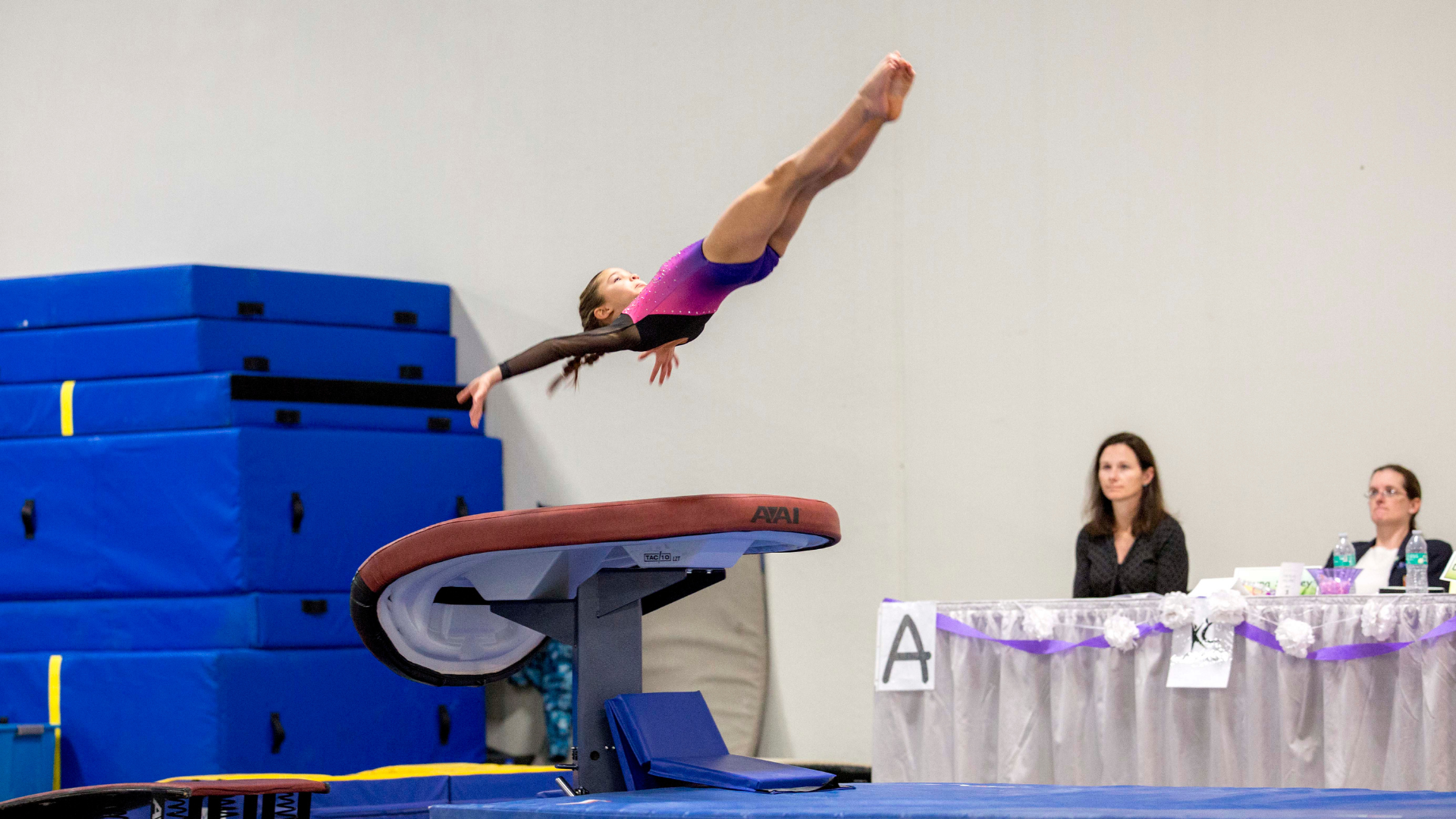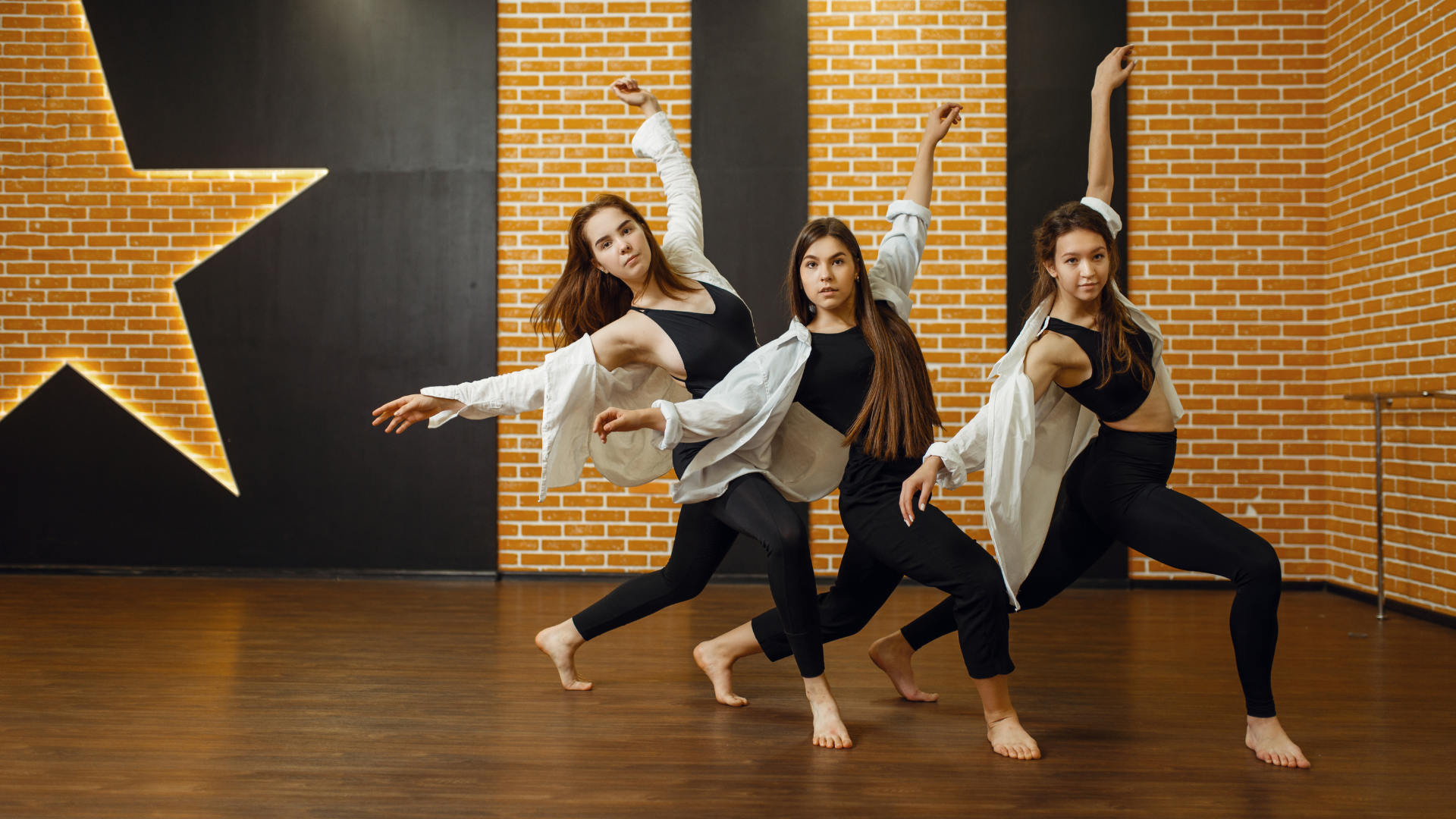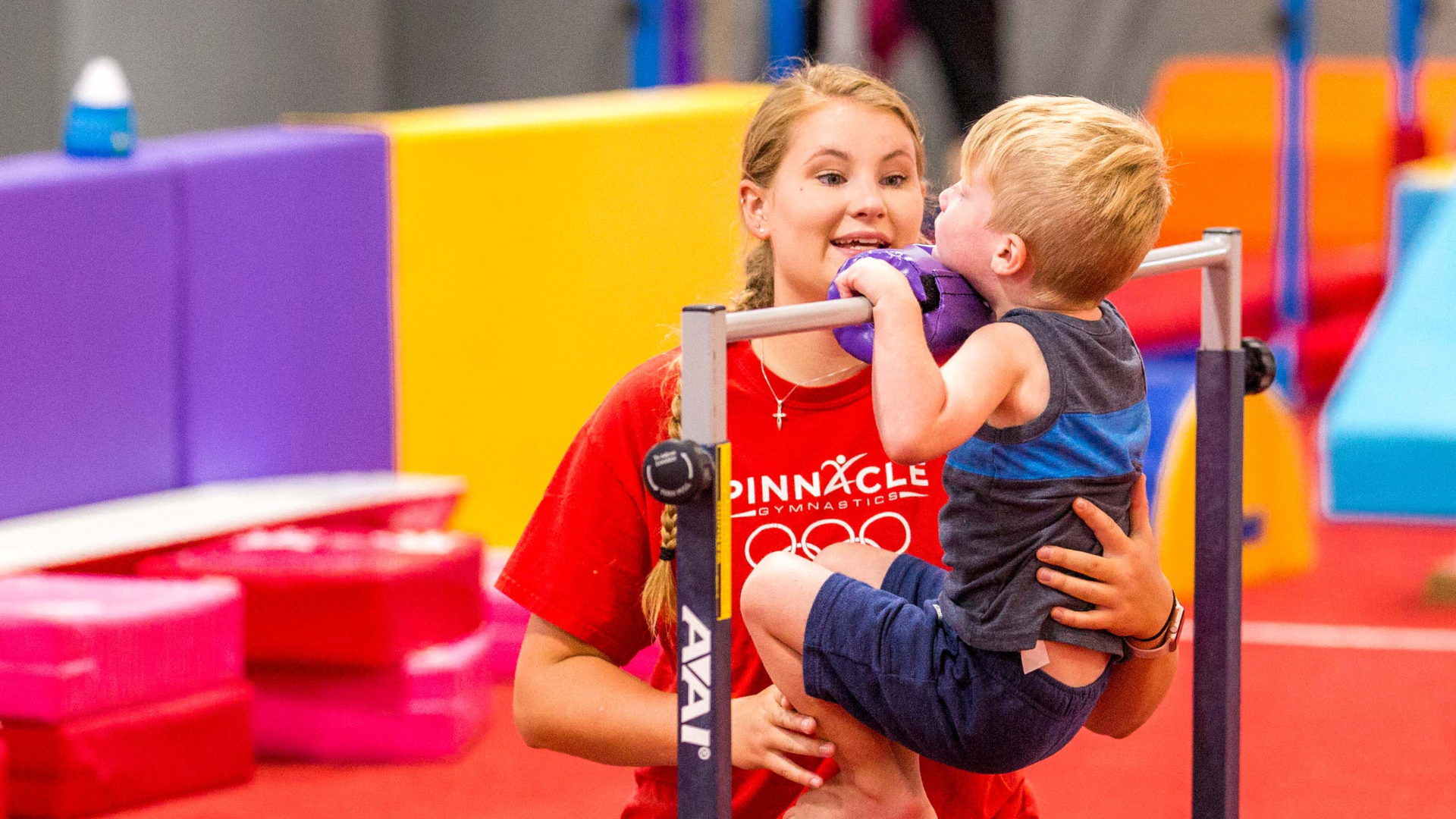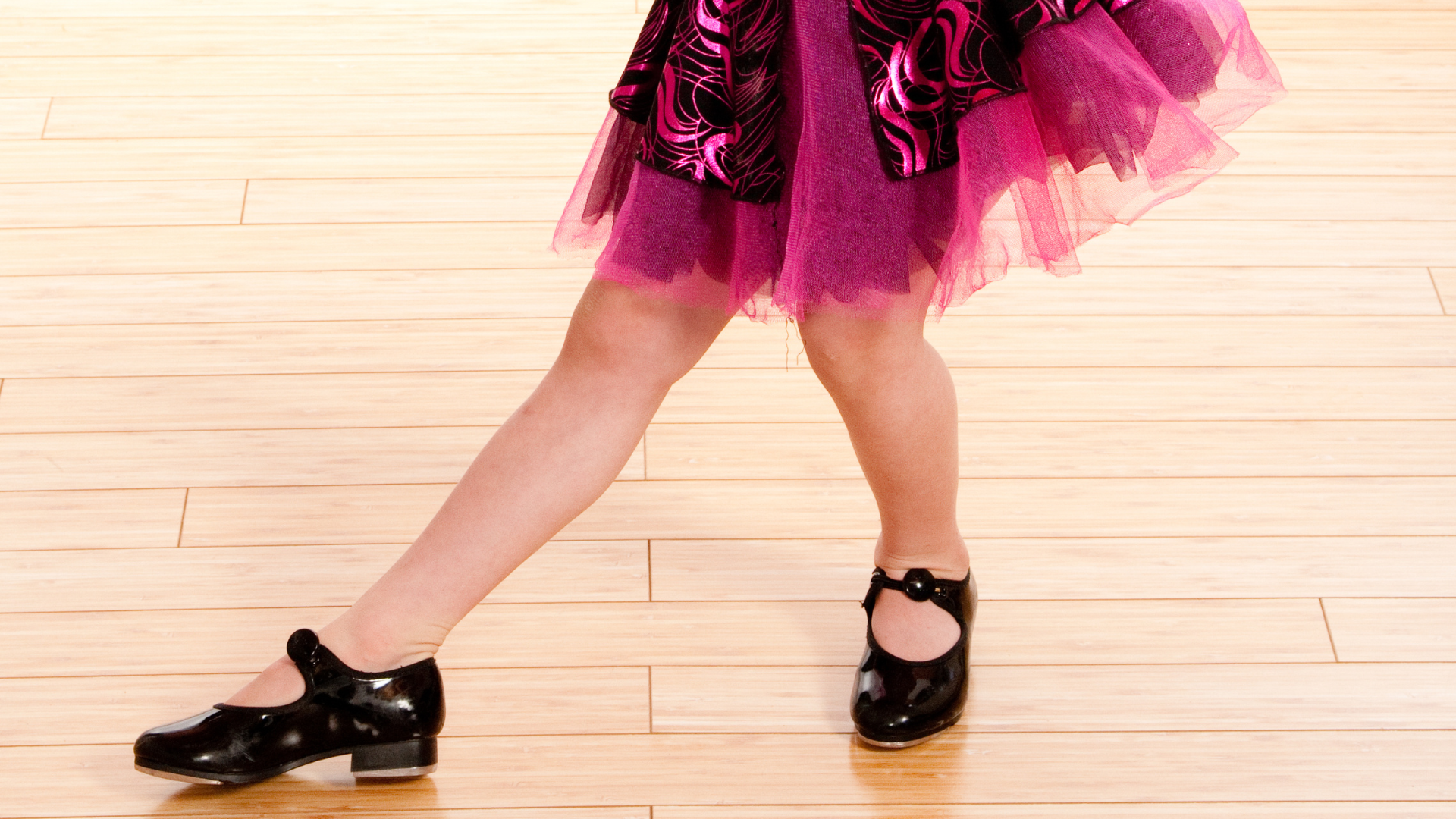Tumbling for Cheerleading: Why It’s Essential for Strong, Skilled Athletes
Tumbling is more than just flips and tricks—it's a foundational element of cheerleading that builds strength, confidence, and competitive edge. Whether your athlete is new to cheer or aiming to advance to elite levels, tumbling for cheerleading is one of the best ways to boost performance and safety on the mat or the field.
From cartwheels to back handsprings, learning to tumble opens doors to new skills, stronger routines, and a more well-rounded cheerleader.
What Is Tumbling for Cheerleading?
Tumbling is a form of acrobatic movement that involves flips, twists, rolls, and dynamic transitions performed on the ground—often without the use of hands or props.
In cheerleading, tumbling skills are used to:
- Energize routines with powerful movement
- Improve timing and synchronization
- Increase scoring potential in competitions
- Support stunt transitions and crowd appeal
Whether you're cheering on the sidelines or training for All-Star competitions, tumbling skills are a game-changer.
Key Tumbling Skills for Cheerleaders
Here are some of the most common tumbling skills taught in cheerleading tumbling classes—each one builds on the next, helping athletes safely and progressively gain control and confidence:
Cartwheels & Round-Offs
These basic tumbling skills help athletes develop:
- Proper hand placement and body alignment
- Momentum control
- Confidence moving laterally and in motion
Round-offs are especially important in cheer because they’re often used as the entry into more advanced tumbling passes like back handsprings.
Back Handsprings
One of the most iconic cheer tumbling moves, back handsprings require:
- Explosive power and arm strength
- Core stability and spatial awareness
- A strong foundation in bridges and handstands
Back handsprings are frequently used in cheer combinations, whether connected to a round-off or performed in multiples.
Aerials
An advanced skill that demands strength, coordination, and fearlessness, aerials (a cartwheel with no hands) add show-stopping energy to routines.
They also enhance:
- Agility and lower-body power
- Balance and precision
- Performance confidence
Strength & Conditioning Benefits of Tumbling for Cheerleading
Tumbling classes don’t just teach skills—they build cheer-specific strength and conditioning that supports every aspect of the sport.
Here’s how tumbling training contributes to a stronger athlete:
Core Strength
Essential for back handsprings, tucks, and safe landings. A strong core helps prevent injuries and supports powerful jumps and motions.
Upper Body Strength
Handstands, walkovers, and back handsprings require significant arm and shoulder strength. Tumbling develops the muscles needed to support bodyweight transitions.
Explosive Power & Speed
Tumbling teaches athletes to generate power quickly and efficiently—skills that translate to stunting, jumping, and sharp motions.
Flexibility & Control
Stretching is a regular part of tumbling training. Improved flexibility allows for better form, fewer injuries, and more polished performance.
Mental & Emotional Benefits of Tumbling Training
Beyond the physical, tumbling for cheerleading supports important mental skills that lead to success on and off the mat:
- Confidence: Learning new tumbling skills boosts self-esteem and reduces fear in performance settings.
- Discipline: Tumbling requires consistent practice, focus, and perseverance.
- Teamwork & Accountability: Many tumbling classes are group-based, encouraging support and motivation among peers.
- Goal Setting: Tumblers learn to break down big skills into manageable progressions—an invaluable life skill!
The Path to a Well-Rounded Cheerleader
Tumbling, when combined with cheerleading training, helps create a complete athlete—someone who is flexible, strong, agile, and confident.
Whether your child is just starting cheer or training for higher-level tryouts, regular tumbling classes will:
- Improve performance quality
- Enhance stunting and jumping skills
- Reduce injury risk through proper form and body awareness
- Prepare them for more advanced tumbling passes over time
What to Look for in a Tumbling Program
When choosing a tumbling class for cheerleaders, look for:
- Progressive skill development (from basics to advanced)
- Qualified, experienced coaches familiar with cheer-specific need
- Safety-focused equipment like spring floors and air floor
- Small class sizes around 8 or fewer students for personalized instruction
- Cross-training opportunities including dance
Many gyms offer tumbling classes tailored to all skill levels—from beginners learning cartwheels to advanced athletes working back tucks and layouts.
Final Thoughts: Tumbling Takes Cheerleaders Further
If your cheerleader is ready to take their skills to the next level, tumbling is the key. It builds strength, sharpens technique, and adds exciting elements to any routine. Whether they’re mastering their first round-off or working toward an aerial, every tumble brings them closer to becoming a stronger, safer, and more confident athlete.
Looking for tumbling for cheerleading in your area?
Check out local gymnastics gyms or cheerleading training centers. Many offer trial classes so your athlete can find the right fit before committing.
